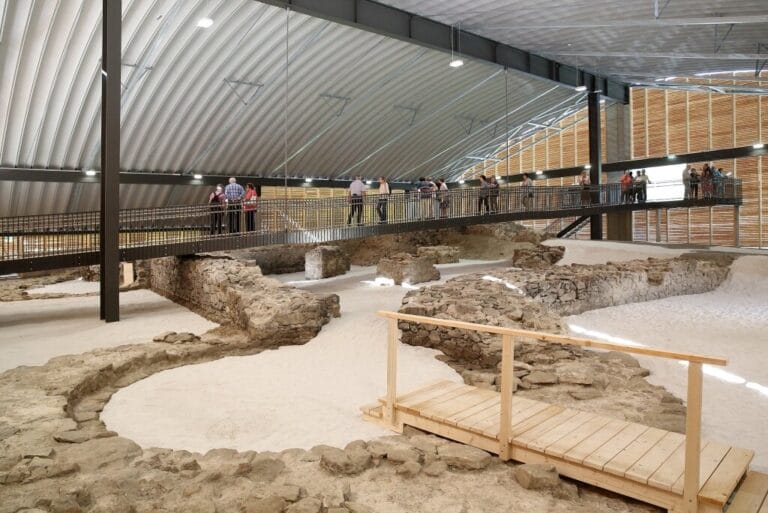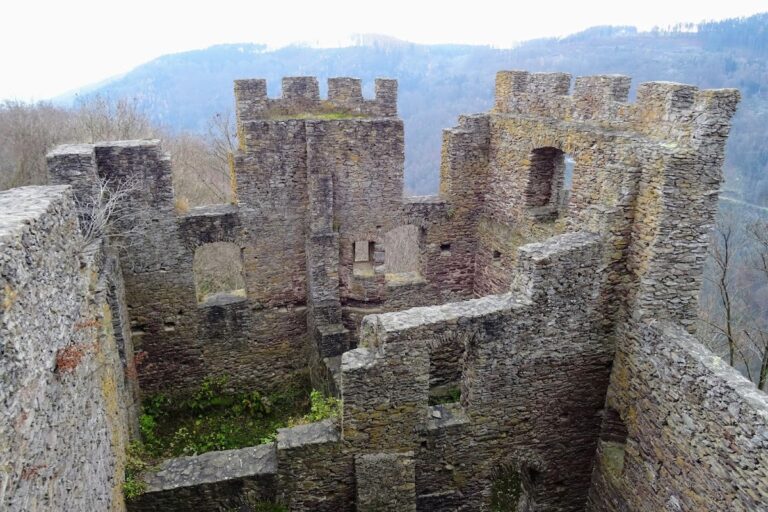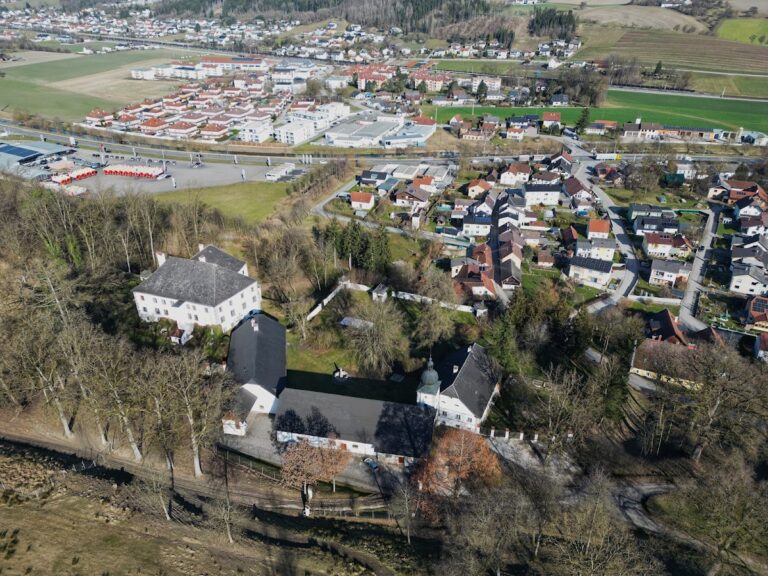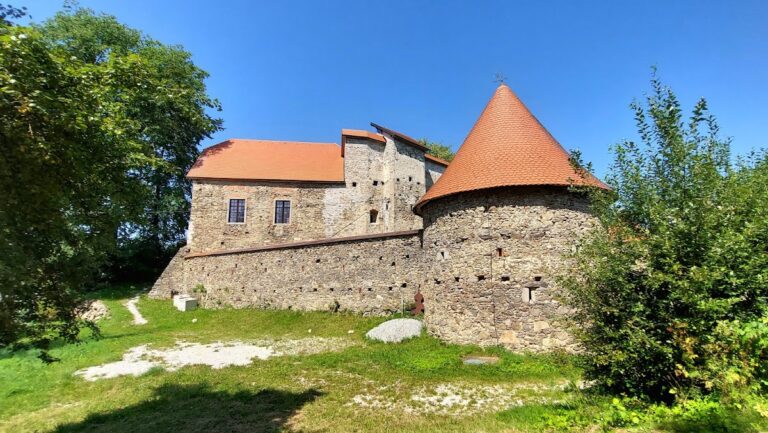Burgruine Haichenbach: A Medieval Hill Castle in Austria
Visitor Information
Google Rating: 4.8
Popularity: Very Low
Google Maps: View on Google Maps
Country: Austria
Civilization: Unclassified
Remains: Military
History
Burgruine Haichenbach is a historic hill castle located in the municipality of Hofkirchen im Mühlkreis, Austria. It was originally constructed and occupied by a medieval noble family during the High Middle Ages.
The site first appears in historical records in 1160 under the name Eichenbach. Early ownership centered on a ministerial family who adopted the castle’s name as their own surname. By 1220, a nobleman named Otto II was already known as “von Haichenbach,” indicating a strong family association with the site. During the mid-13th century, ownership shifted when Rudin von Haichenbach sold the castle in 1258 to the powerful Rosenberg family. This period marks the first significant change in custodianship.
In the early 14th century, Rueger von Haichenbach parted with much of the family’s estate to the Bishopric of Passau, which gradually took full control by 1337 under Bishop Albert of Passau. Following this acquisition, the castle functioned under the oversight of appointed caretakers acting on behalf of the bishopric. Its governance included pawning the property to the Schaunberger family in 1381, illustrating its strategic and economic importance.
Throughout the 15th century, the castle was awarded as a fief to various nobles. Among these were Heinrich Nothaft in 1429 and the Oberheimer family between 1491 and 1496. The Oberheimers faced accusations of abusing their position by imposing excessive tolls on boatmen navigating the nearby Danube River, a charge that led Bishop Wiguleus to revoke their rights to the castle in 1516. This reflects the castle’s role in controlling river traffic and managing local trade routes.
By 1529, the Bishopric of Passau shifted its administrative focus to Marsbach Castle, situated north of the Danube. This reorganization effectively ended the castle’s active use, leading to its abandonment. Over time, the original name Eichenbach fell out of common use. The ruins became locally known as Kerschbaumerschlössl, a name derived from a nearby farmstead, obscuring the site’s medieval identity.
Since 1984, efforts have been made to stabilize the ruins under the guidance of a local heritage committee. The property currently belongs to Georg Stradiot, marking a new chapter in the stewardship of this historic castle site.
Remains
Burgruine Haichenbach occupies a narrow plateau atop a ridge that runs north to south at an elevation of approximately 450 meters above sea level. Its location provided oversight of the Danube River’s prominent bend near Schlögen, emphasizing its strategic position. The entire fortified complex spans about 1,450 square meters and showcases a classic medieval hill castle layout.
The castle comprises a large outer courtyard, known as an outer bailey, which included several servant houses clustered behind the main northern entrance. This gate served as the primary access point and has been restored and fitted with a roof for preservation. The outer bailey’s design reflects its defensive and functional role in hosting support activities apart from the main residential area.
Rising slightly higher on the plateau is the inner bailey, dominated by a tall residential tower located at its northern edge. This tower not only served as the lord’s dwelling but also acted as a defensive stronghold overseeing the lower western gate. Originally, the tower featured ten embrasures—vertical slits in the walls used by defenders to fire arrows or other projectiles while remaining protected. These openings emphasize the castle’s military purpose in controlling the surrounding area.
Today, portions of the surrounding ring wall remain visible, providing insight into the fortification that encircled the inner ward. Visitors can still access the residential tower, which offers panoramic views of the Danube valley below. This vantage point underscores the castle’s intended role in monitoring and regulating river traffic, particularly given its placement directly opposite the village of Schlögen.
In summary, the surviving architectural elements at Burgruine Haichenbach illustrate its function as both a noble residence and a strategic defensive site along the Danube. Restoration work has secured key features, preserving the ruins as a testament to its medieval past.










